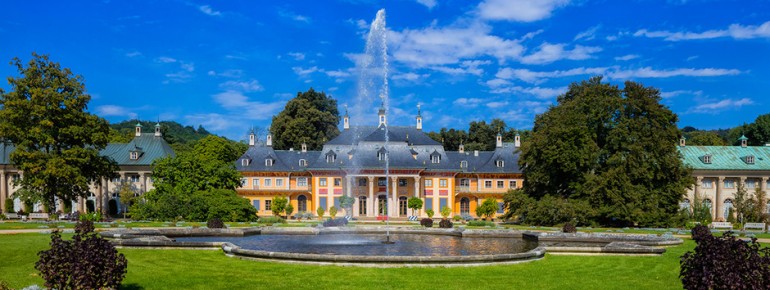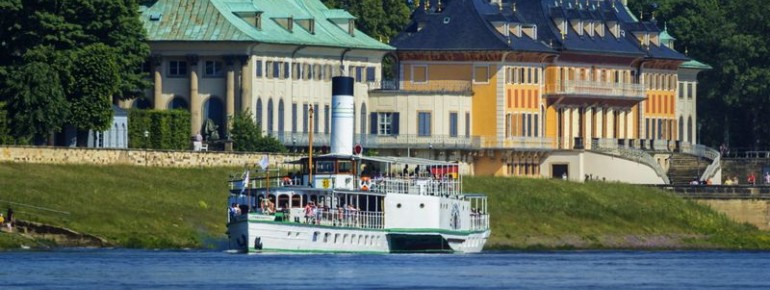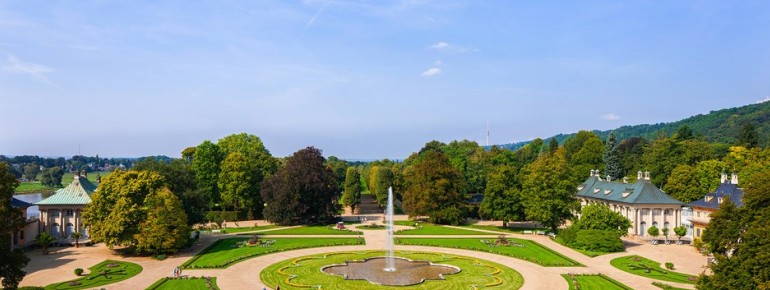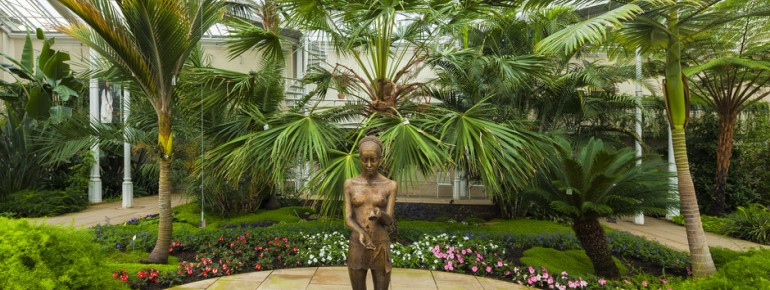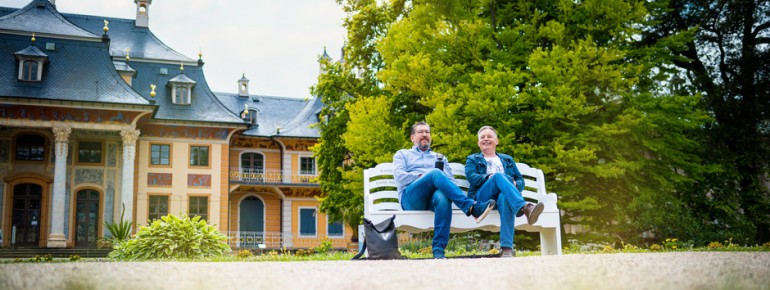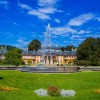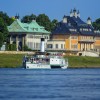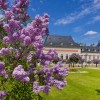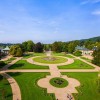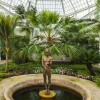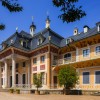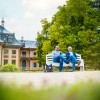Contents
Description
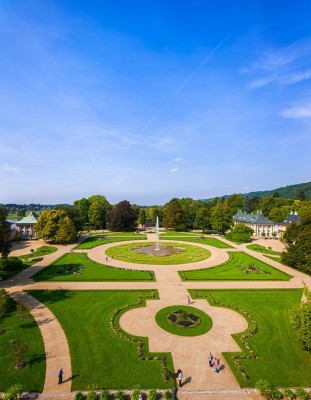
Directly on the banks of the Elbe, nestled among vineyards and picturesque gardens, you’ll find one of Europe’s most beautiful palace ensembles: Pillnitz Palace and Park. Once the summer residence of the Saxon court, it now invites visitors on an inspiring journey into the world of pleasure palaces, royal festivities, and exotic plants.
Pillnitz Palace in Dresden impresses with its unique blend of Baroque architecture and Far Eastern aesthetics – a prime example of so-called chinoiserie. The ensemble of the Riverside and Hillside Palaces, the neoclassical New Palace, and expansive gardens lies directly on the Elbe River and radiates lightness and elegance.
In summer, the gates open to guests from around the world: The palace museum offers insights into the courtly world of Saxony, including the reconstructed Royal Court Kitchen, the festive domed hall, and the Catholic Chapel. The palace park also invites exploration – whether in the English, Dutch, or Chinese Garden.
A particular highlight is the famous Pillnitz Camellia: over 250 years old and nearly 9 meters tall, it is protected by a movable glass house in winter. In the Palm House, exotic plants from South Africa, Australia, and New Zealand evoke botanical wanderlust. And in winter, the Christmas Garden Pillnitz transforms the grounds into a glowing fairytale world.
Historical Information

First mentioned as a manor in 1335, the estate came into the possession of Augustus the Strong at the end of the 17th century. He initially gifted it to his mistress, Countess Cosel, and later had it transformed into a splendid pleasure palace after her departure. Between 1720 and 1724, the Riverside and Hillside Palaces were built, followed by the tournament hall and the palace church.
After a devastating fire in 1818, the New Palace was built on the site of the old Renaissance palace – featuring the now-accessible court kitchen, the neoclassical domed hall, and the chapel. In the 19th century, Pillnitz finally became the official summer residence of the Saxon royal family.
Since World War II, the estate has served as a museum. Extensive restorations since the 1990s have restored the palace ensemble and park to their former glory. Today, the palace museum not only showcases courtly life but also the opulent festival culture of the Baroque period.
How to get there
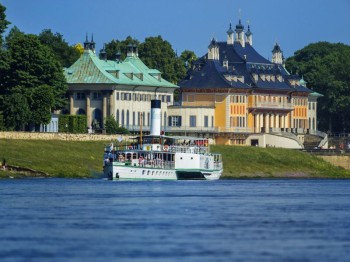
Pillnitz Palace and Park are located in the Dresden district of Pillnitz, about 15 kilometers east of the city center – directly on the Elbe River in the Elbe Valley. The site is easily accessible by both car and public transportation.
By car, follow the B172 toward Pirna and turn off at Niedersedlitz toward Pillnitz. Parking is available near the estate (e.g., at the Parkhotel or the "Weinbergstraße" parking lot).
Public transportation also offers a convenient way to reach the palace: Bus line 63 connects Dresden with Pillnitz (stop: "Pillnitz Schloss"). Alternatively, a romantic arrival via the Sächsische Dampfschifffahrt on the Elbe is possible – especially popular in summer.

